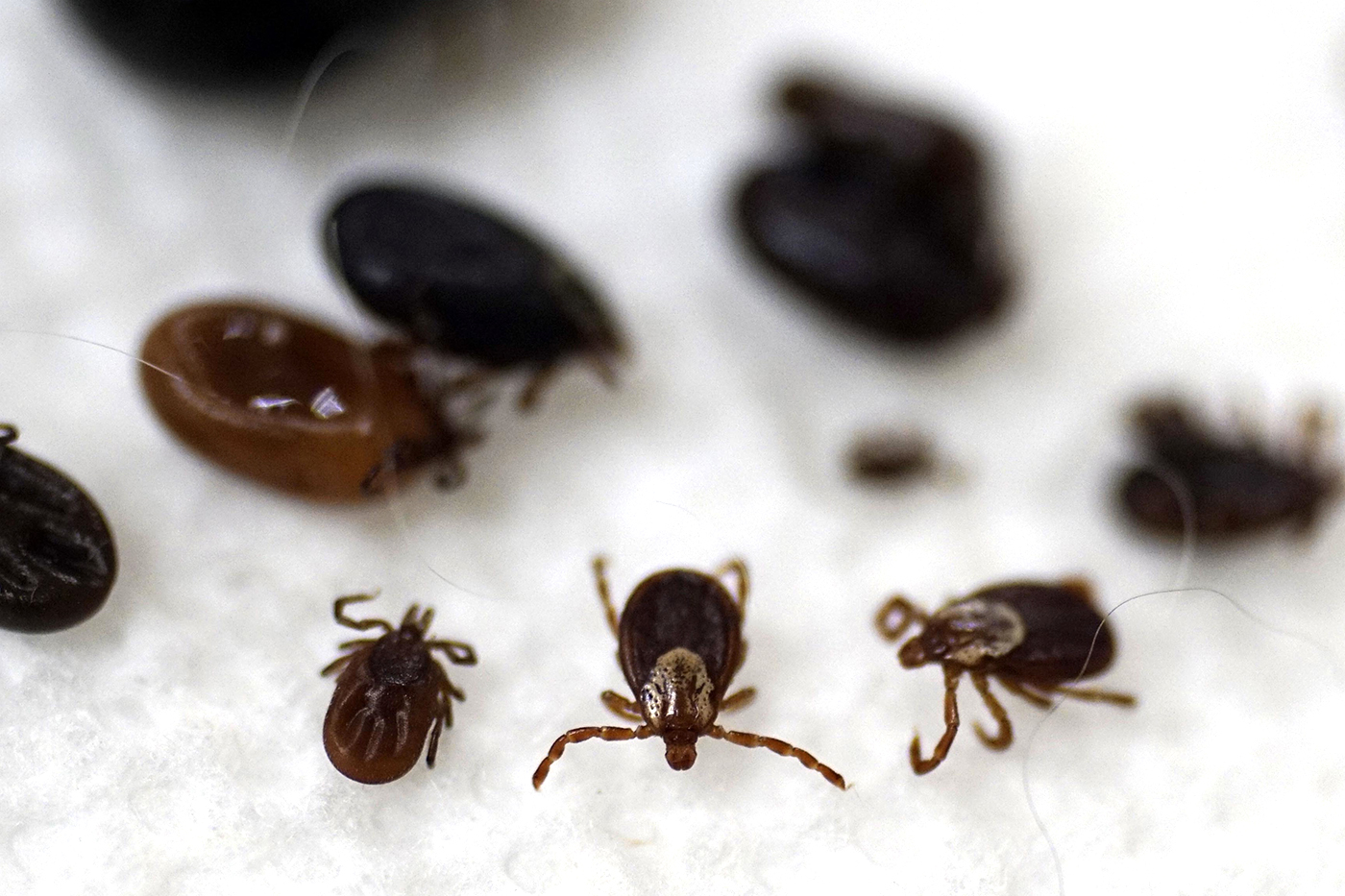It’s officially summer. The sun is out, and so are the ticks.
Tick season is underway in the U.S., a reality that can make even the most avid outdoor adventurers’ skin crawl. For people who spend any time outdoors during the warmer months, the blood-sucking arachnids’ emergence means a risk of more than just itchy bug bites. The creepy-crawlies can carry diseases, like Lyme disease.
Lyme disease isn’t a straightforward ailment, says Kim Lewis, university distinguished professor of biology and director of the Antimicrobial Discovery Center at Northeastern. It can be an acute infection, but can also develop into a longer-term condition. Lewis is studying the remaining mysteries of the disease and developing treatments.
If you never go into the wilderness, can you still encounter ticks that carry Lyme disease?
Yes. Suburbia creates an ideal environment to foster these ticks.
It’s actually about a growing population of mice, Lewis says. In the suburbs, mice don’t have a lot of predators and so their population has ballooned. And, he says, the white-footed mouse is the main carrier of ticks.
Going out into the wilderness is “absolutely a risk factor,” Lewis says. Ticks live in grassy, brushy, or wooded areas. “It’s whatever environment where mice live. Just keep in mind that Lyme comes from a little town in Connecticut, the town of Lyme. The regular people living in the town of Lyme were exposed to their backyards and parks. That’s where they picked it up.”
Read more on News@Northeastern.
Photo by Ben Garver/The Berkshire Eagle via AP.

